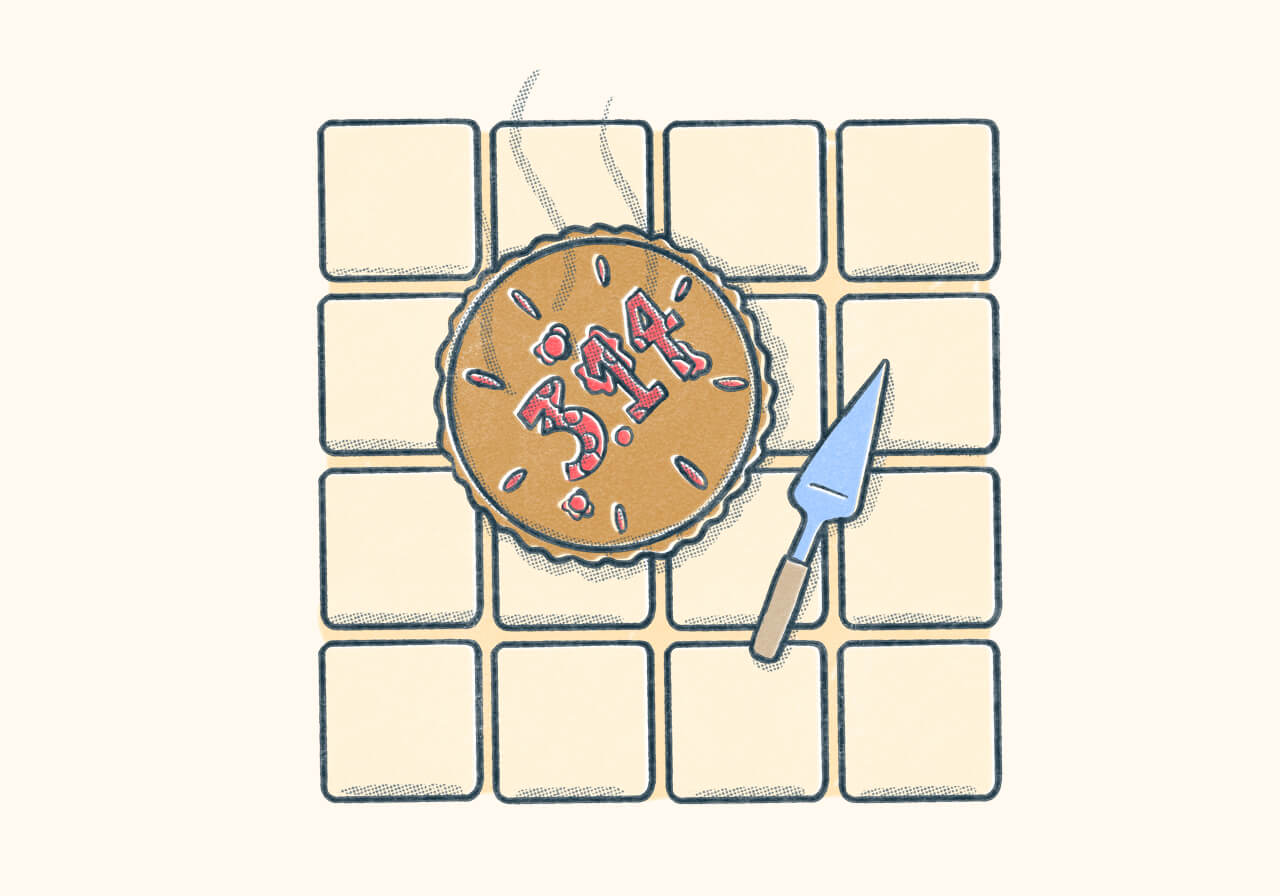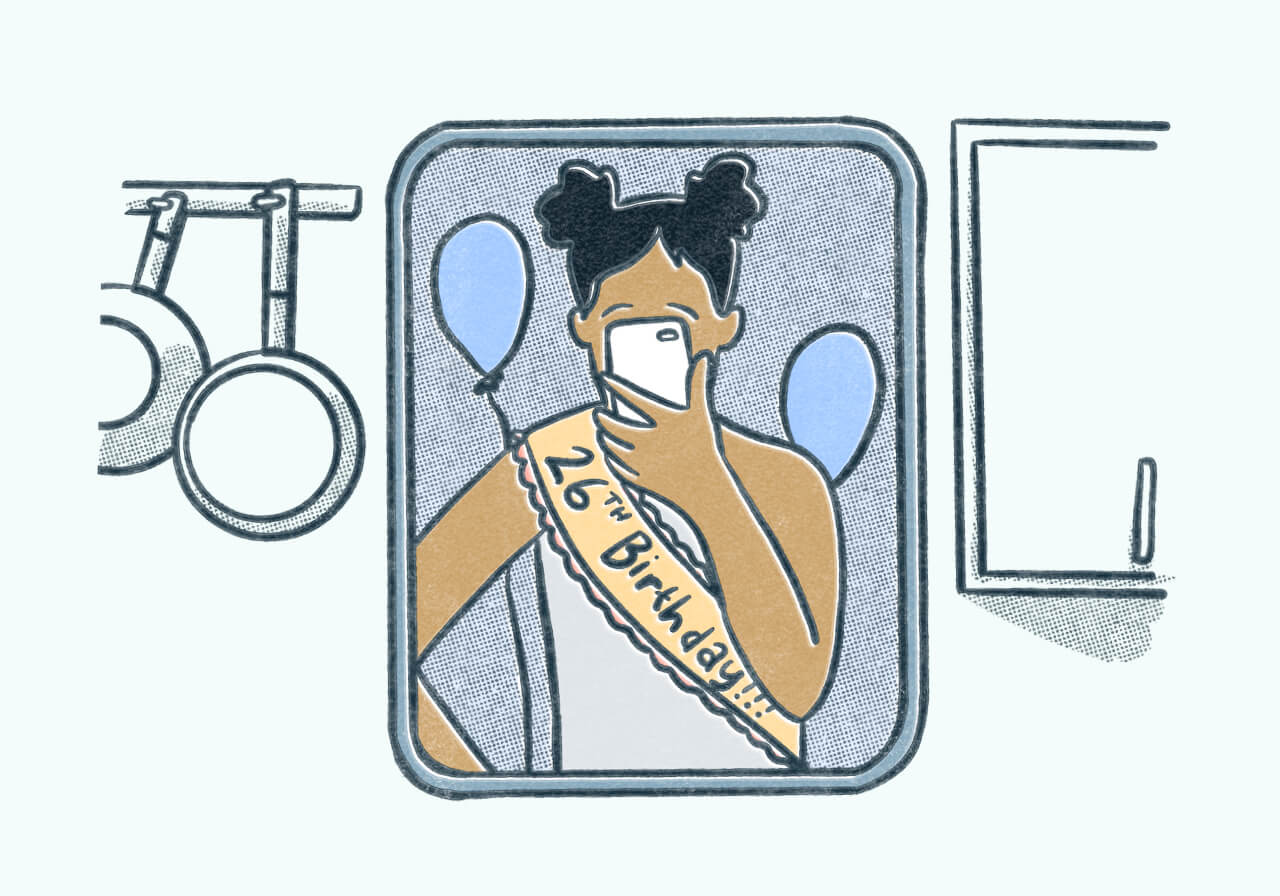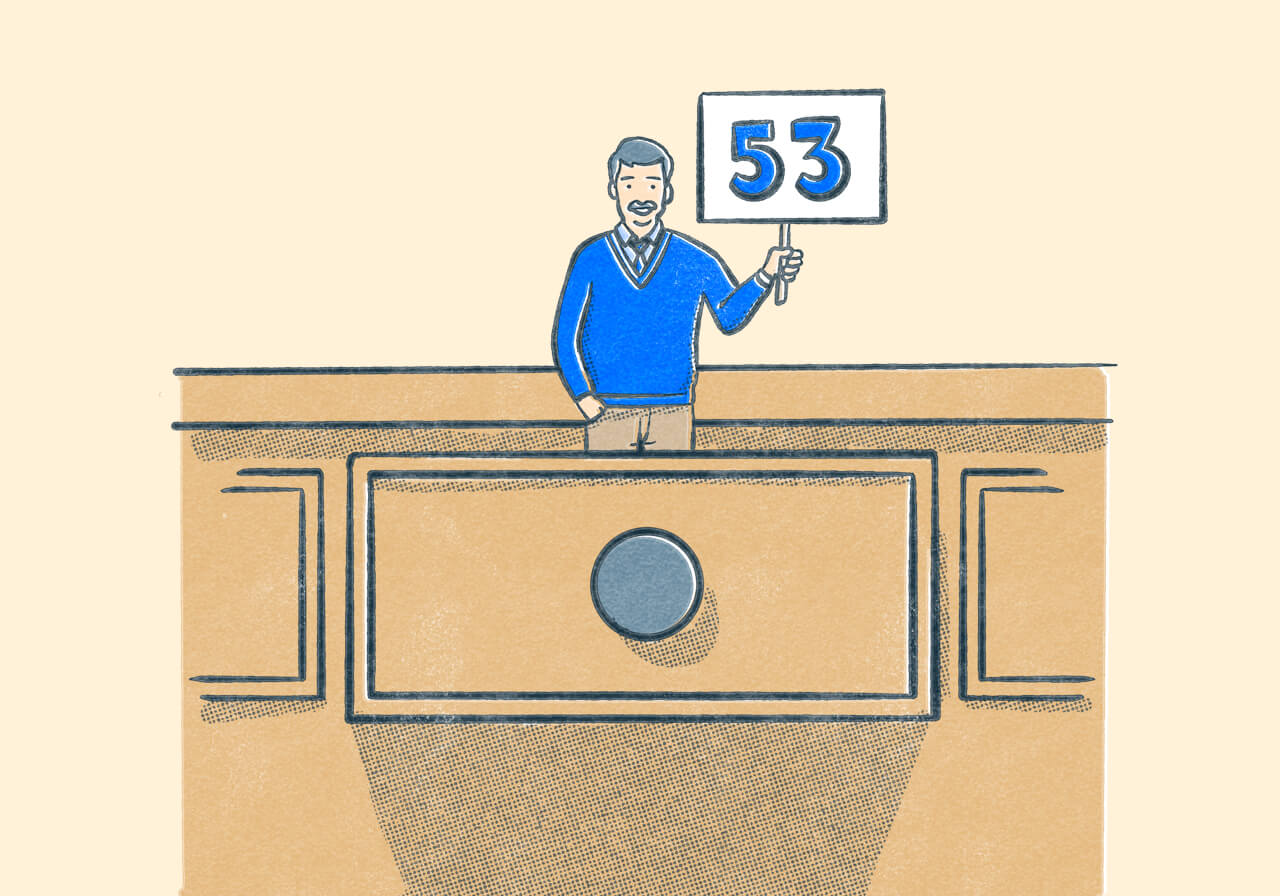How would you do if someone asked you to list off the first 20 U.S. presidents in chronological order? What about the 10 largest capitals in the world?
If you’re anything like the average person, you don’t have that stuff memorized.
But what if you needed to memorize something like that for an exam, or even just for a high-prize trivia night? How would you even approach doing so?
The answer is the Memory Palace! It’s a historically proven and repeatedly used technique that people from fictional favorite Sherlock Holmes to winners of the U.S. Memory Championship have used to memorize complex sequences of information.
What is a Memory Palace?
Imagine you’re walking through a familiar place – let’s say your childhood home. You start at the front door and walk into the first room. You place your coat on a hanger, you kick your shoes off, and you sit down at the very first seating option available.
Now, imagine there was a portrait of George Washington hanging on the outside of the front door. As you walk in with your coat, John Adams is standing in the corner to help you hang it up.
As you take your shoes off, you notice a tobacco pipe has fallen into your shoe, and you look up to find Thomas Jefferson looking down at his dropped pipe. As you finally go to take a seat, James Madison pops out of a side closet and decides to steal the seat before you can.
This is how the memory palace works.
A memory palace is a strategy that taps into familiar spatial environments in order to enhance the recall of information. It’s like constructing your very own Lego creation from scratch, but instead of just playing on the floor, you’re playing in multiple rooms, and you’re building a rather large and complex Lego set.
If you need to memorize a list of something, you simply choose a familiar physical location – such as your house or your office space – and associate an item from the list you’re trying to memorize with an item or scene in the physical space. You then mentally walk through that space and recall each item as you are visiting it.
Examples of Spaces Within A Palace
The beautiful thing about a memory palace is that there are no right or wrong ways to build it. However you choose to build your palace is up to you! It’s a fun opportunity to get as creative, ridiculous, or as silly as you’d like.
Let’s say you’re trying to memorize the first 10 digits of pi: 3.141592653.
You could break this down into four segments: 3.14 — 159 — 26 — 53.
Now you just need to assign a location and 4 specific points within your memory palace location. Let’s set our location as a kitchen.
Step 1
You walk into a kitchen and on the counter is a steaming hot apple pie with the numbers 3.14 engraved on top.

Step 2
You look down at the floor of and notice a hopscotch has been drawn into the floor of the kitchen with the numbers 1—5—9 highlighted. You hopscotch your way down it.

Step 3
As you arrive at the other end of the kitchen, you look up to see a mirror on the wall. You look at yourself and acknowledge your age: 26.

Step 4
You turn back to the kitchen counter and open the top drawer. A miniature version of your dad pops out holding the number 53. He was born in 1953.

Now every time you want to recall the first ten digits of pi, you mentally walk through this adventure. The more times you walk through it, the more the numbers become ingrained in your memory.
The Power of Spatial Memory
Spatial memory is a critical piece of our daily lives. It allows us to recall tiny situational details from the shape of a road or trail to the distance between two points. It’s our brain’s GPS system, and it has indefinite storage space.
Its been found that 90% of “super memorizers” or memory athletes use the memory palace technique. Their brain scans have shown that the regions of the brain involved in spatial awareness are activated in their preparation and during a memory athletic performance.
We’ve all been asked what types of learners we are – visual, auditory, reading, or other. But something that’s constant for all of these learning techniques is that we will always memorize the environment we were physically in while learning, whether we intend to or not.
Think back to your elementary school. For some of us, that was a few decades ago. Can you recall the hallways you walked down to get to class? What about the way the desks were set up in the classroom and where the chalk board was? Chances are, you can. You can probably recall spatial details of just about everywhere you’ve been – from the dentist’s office to the grocery store to your friend’s house.
Our brain’s ability to permanently store seemingly monotonous information is at the core of why the memory palace works – you use your brain to tap into pre-existing roads and connections to build new connections that have a solid foundation to work from.
You Don’t Have To Be A Savant To Use The Memory Palace
There’s a unique enjoyment and power in discovering something that others haven’t found yet. While this memorization technique has been around since 500 BC, most of us were never taught anything about it in school, much like we were never really taught how to learn or study properly in general. A very small segment of the population has taken this technique and run with it – most commonly to memory competitions.
There’s a book from 2011 called Moonwalking With Einstein that touches on this very concept. Its author, Joshua Foer, was fascinated at the seemingly impossible feats that the world’s best memorizers were accomplishing.
Some of those feats included:
- Memorizing the first and last names of over 100 people in 15 minutes
- Memorizing over 600 decimal digits in 5 minutes (Guinness World Record)
- Recalling the order of a full deck of cards in under 1 minute (Guinness World Record is 13 seconds)
To Foer, these seemed like things that only the smartest people could accomplish.
What started as a journalistic project to interview the world champions who partake in the annual U.S. Memory Champion competition ended up turning into a personal mission of Foer’s to actually take part in the competition.
Foer learned that the memory palace was the single most important tool that the memory athletes were using in order to accomplish their seemingly inconceivable stunts.
Within just a few weeks of training, he could successfully memorize the order of a full deck of cards. After a year of training, he found himself in the finals of the U.S. Memory Champion competition, competing alongside the same people he had assumed were untouchable geniuses.
Using The Memory Palace In Everyday Life
You don’t have to be training for a world championship in order to use the memory palace. There are plenty of things in our day-to-day lives that we can use this technique for. Some of those things include:
- Memorizing a friend’s phone number
- Memorizing the names of a bunch of new people you just met
- Building a grocery shopping list
- Learning new vocabulary words
- Mapping out and memorizing the topics for a work presentation
And if you happen to be studying for an upcoming test or exam, consider trying this technique to memorize anything chronological or uniquely complex. This method is particularly useful for any testing situations that involve mathematical formulas and equations.
The memory palace is a surefire way to impress not only your friends, but even yourself with its effectiveness. If you’re looking for a new way to give your memory a boost, give it a try!

 learning science
learning science